The beauty contest1:50
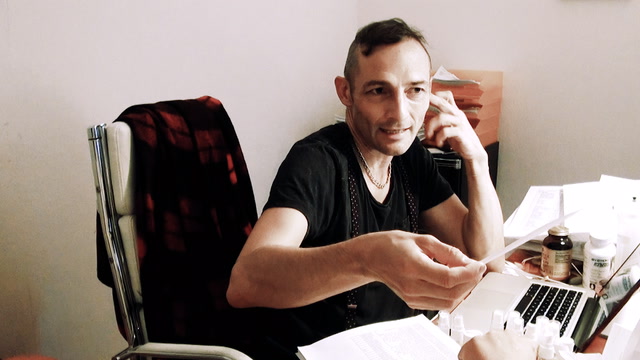
The beauty contest1:50
Longevity, projection and sillage is not the full story...
Following an experimental approach, the perfumer repeatedly needs to evaluate the results of his formula revisions. This clip zooms in on this specific situation. «This is gorgeous!». Christophe seems to be happy. We witness a deep satisfaction. The evaluation goes beyond longevity, projection and sillage – criteria that are often used to measure the technical performance of a perfume. All this might happen silently under the surface. However, what we see is the creator’s deep affection for his creation, as if he were treating it as an attractive person.
Back to origins1:40
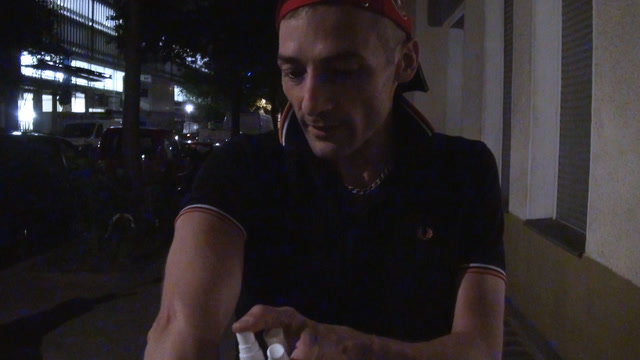
Back to origins1:40
Moving forward can actually imply going back to an earlier version.
In theory, the development process unfolds as incremental steps of improvement. In practice, however, progress is often less clear. This is particularly the case in cultural products that serve an aesthetic, rather than a clearly utilitarian purpose. Standards of quality for creative products derive from abstract ideas rather than clearly defined technical standards and performance features. Creative industries sell identities and experiences. Cultural goods «derive their value from subjective experiences that rely heavily on using symbols in order to manipulate perception and emotion». Consequently, a perfume is increasingly valued for its meaning. «I may like the grapefruit now again», Christophe remarks incidentally in this clip. He had just moved from working with blotters to evaluating selected scent modifications on his skin. Moving forward can actually imply going back to an earlier version.
Excel-ing a scent1:40

Excel-ing a scent1:40
Have you ever thought that the fleeting experience of a scent boils down to something as prosaic as a spreadsheet?
Scents appear ephemeral, volatile, elusive, and transient. Thus, one of the main challenges in the process of scent development is how this seemingly immaterial experience is materialized, that is, how the perfumer moves from first ideas to the final product. At the end of the day one needs to break down the scent into numbers. Along this experimental journey a spreadsheet is used for writing formulae, analyzing modifications and documenting the various stages of the process. A common perfume is composed of odorous materials, using sets of approximately 15 to 80 natural or synthetic ingredients selected from an olfactory palette of approximately 2500 available ingredients. Some of these ingredients are single molecules whereas natural ingredients are combinations of 50-300 molecules themselves. The final product is the result of several dozen smaller experiments that are documented horizontally on the spreadsheet. Vertically, the spreadsheet lists the ingredients used in the experiment. The precise documentation allows the perfumer to go back to an earlier modification if needed. A typical scent development process requires several dozen stages. But we also witnessed extreme cases with several hundred modifications. Have you ever thought that the fleeting experience of a scent boils down to something as prosaic as a spreadsheet?
No one can smell pepper1:21
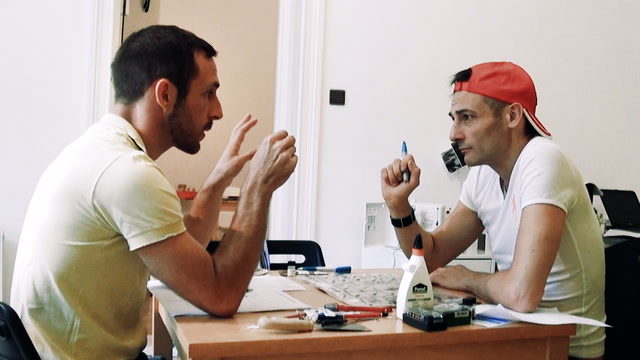
No one can smell pepper1:21
Modification by modification Christophe seeks a numerical feedback on digital scent technology project.
In an increasingly digital world the proximate senses of smell, touch and taste stand out. One cannot capture a smell and send it like a photo via email or other digital communication service. At least not yet. Nevertheless digital scent technology is a vibrant field attracting smart minds all over the world. As a perfumer, Christophe Laudamiel has been involved with some cutting edge projects from the very beginning.
During our observations Christophe developed some realistic scents (e.g. pepper, croissant; French bread etc.) that could work with some innovative digital scent transmission applications. In fact, it was a surprise to see how much the technology of the application can be a challenge to the design of a fragrance. Thus, the choice of a raisin as a carrier material can have a huge impact on the formula. In this case the evaluation followed a more systematic procedure as this clip shows: How precisely does this modification capture the desired scent? In other words: Is this really pepper? And how strong is the scent within the application? In other words: How strong is the pepper? Modification by modification Christophe Laudamiel seeks Christoph Hornetz’s numerical feedback on both questions.
Mundane lab work4:00
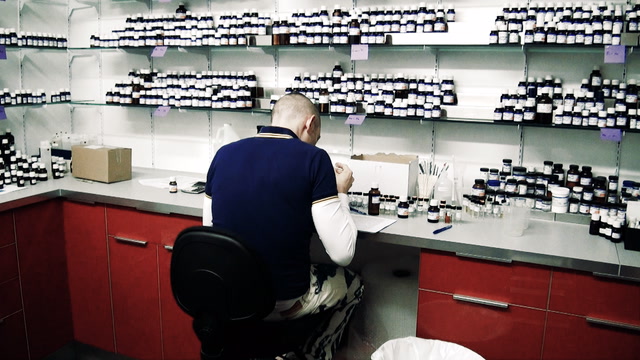
Mundane lab work4:00
Perfumery is not always glamorous. Creativity unfolds in a nexus of mundane work practices.
Perfumery is practiced in a lab. The lab serves several functions. It is a storage space for the ingredients that are alphabetically shelved. More sensitive materials are kept in a designated refrigerator in the lab. Moreover, the lab provides specific tools and equipment (e.g. scientific scales). As a special workplace the lab is the place for creating solutions of solid materials or weighing formulae. The lab also serves as the perfumer’s archive where modifications of completed projects are stored. All in all, the lab provides access to the world of the volatile molecules. While observing Christophe’s creative process we were surprised how often he went to the lab to reconnect to his material base.
Leading Perfumery schools often expect a formal education in chemistry. For example, Christophe Laudamiel studied chemistry in France and eventually earned a Masters degree from MIT. Nevertheless there are other eminent perfumers who never studied chemistry: Francois Coty, Ernest Beaux, and Jean Carles, to name three titans of perfumery. Thus, the relevance of a formal education is certainly debatable. But there is no doubt that a profound understanding of chemical compounds, how they behave or react with each other is essential. At the end of the day the scent development process must follow scientific practices and comply with technical standards and procedures. Hence, this clip zooms into the mundane, less spectacular aspects of lab work. The current discussion of design thinking often reduces design practice to an immaterial, intellectual problem solving technique. In this one-sided context, a closer look at mundane lab work put renewed emphasis back into material practice.
bodywork0:44

bodywork0:44
subject/object, real/representational, people/things, mind/body, form/substance, body/soul etc.
Modernity has often been characterised in terms of its operation of dualisms. Over the past few decades the social sciences have witnessed an increasing interest in the body and analyzed embodied aspects of action, social interaction and meaning-making. This clip draws attention to the perfumer’s body as an active player in the process. Bodily practices are shown as a potential resource to produce value: Labour exists as «a resource in the bodiliness of the worker», Karl Marx once noticed in his influential value theory. Scents actually penetrate and involve the human body. However, once a scent becomes part of olfaction, its status as object is completely lost in the body and in the experience of olfaction The perfumer’s body serves as the origin point for all olfactory knowledge and experience. It is the basic source of information and comprehension that gives rise to brief intuitive observations. These observations are often articulated by the perfumer using surprisingly emotional, experiential and sensorial vocabulary. In fact, we seldom heard perfumers use the technical vocabulary we anticipated based on our preparatory readings. The role of the body in perfumery is certainly an extreme case. Yet, a deeper understanding of this practice helps to traverse modernity’s dualisms.
Wet dog: Chasing the villain5:52

Wet dog: Chasing the villain5:52
This clip features a puzzling mystery Christophe encounters when developing a new scent for Strangelove NYC
In most cases, a perfume is meant to be a pleasurable odor. Technically, it is a mixture of essential oils, aroma compounds, and solvents used to provide an agreeable scent. Yet, the process is more complex than often explained. A useful fragrant ingredient might turn out to be an objectionable odor in a specific combination or concentration: Skatole (from the Greek root skato – meaning «dung») for example, is an indole with a strong fecal odor at high concentrations, but it is often used in perfumery at a much lower concentration where it has a pleasing floral scent. Following the development of a jewel-like fragrance we witnessed how Christophe Laudamiel and Christoph Hornetz suddenly discovered an unpleasant facet, an annoying animalic note. Laudamiel calls it a «wet dog» that only appears after some delay. The two perfumers are puzzled. The phenomenon seems to be really special, if also undesired. They investigate the composition, ingredient by ingredient. In the end, the detective search for malodor delivered a suspect for which Christoph Hornetz had noticed the same unexpected effect in other previous instances: Natactone®. The odor of this chemical compound is often described as «tropical coconut, tonka bean and tobacco». Thus, this clip tells the detective story of a puzzling mystery.
(De)briefing a scent2:36
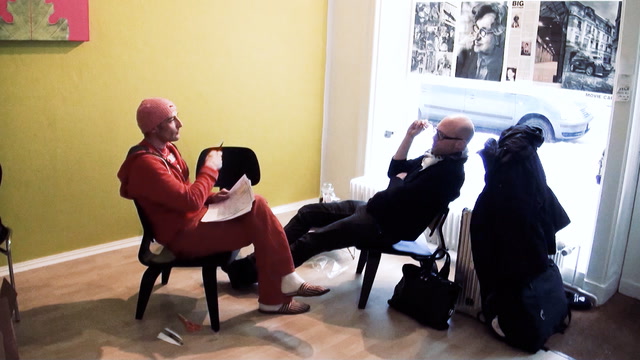
(De)briefing a scent2:36
What is challenging about talking about scents? Can scents have structure? How many dimensions does a scent have?
A meeting with Sebastian Fischenich, the creative director of Humiecki & Graef, provides an opportunity to reflect on the state of the project. The perfumer presents alternative modifications and clarifies next steps with the creative director. In this case the two evaluate alternative scent «structures,» an initially surprising metaphor used to capture the fleeting nature of the olfactory experience.
Key quotes with this tag
Images with this tag

Courtesy of scentculture.tube
Notes on possible ingredients.

Courtesy of scentculture.tube
Christophe Laudamiel smelling two modifications in a relaxed body posture.
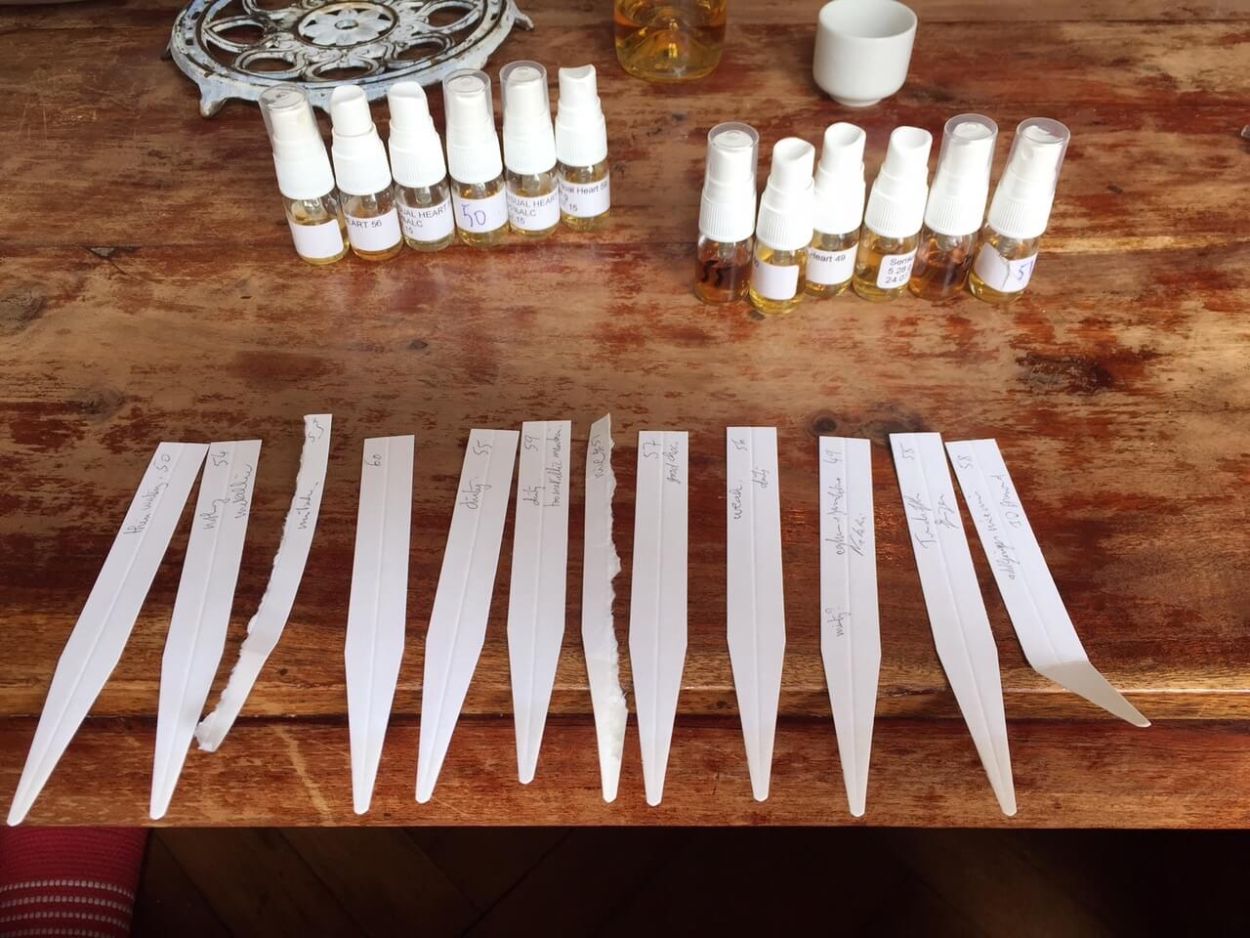
Courtesy of scentculture.tube
Smelling in another context. Blotters on the table at home.

Courtesy of scentculture.tube
A snapshot of a «blotter fan» in front of an Excel sheet.
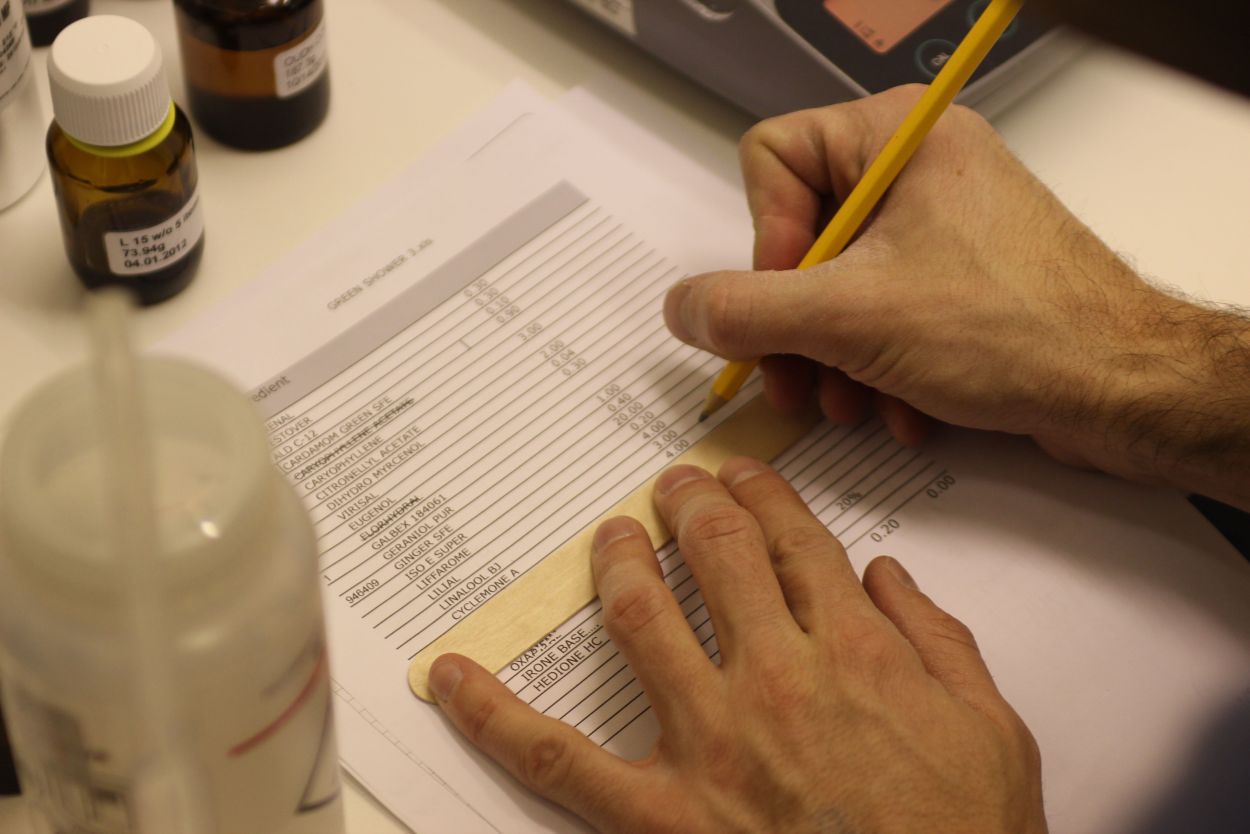
Courtesy of scentculture.tube
Details in the laboratory: a spreadsheet, ingredients, and a scale.

Courtesy of scentculture.tube
Christophe Laudamiel analyzing a set of modifications. There is a video documenting this type of work further.

Courtesy of scentculture.tube
Working through the notes while writing formulas for modifications: This is what Christophe refers to as “creating”.

Courtesy of scentculture.tube
Documenting differences on the formula.
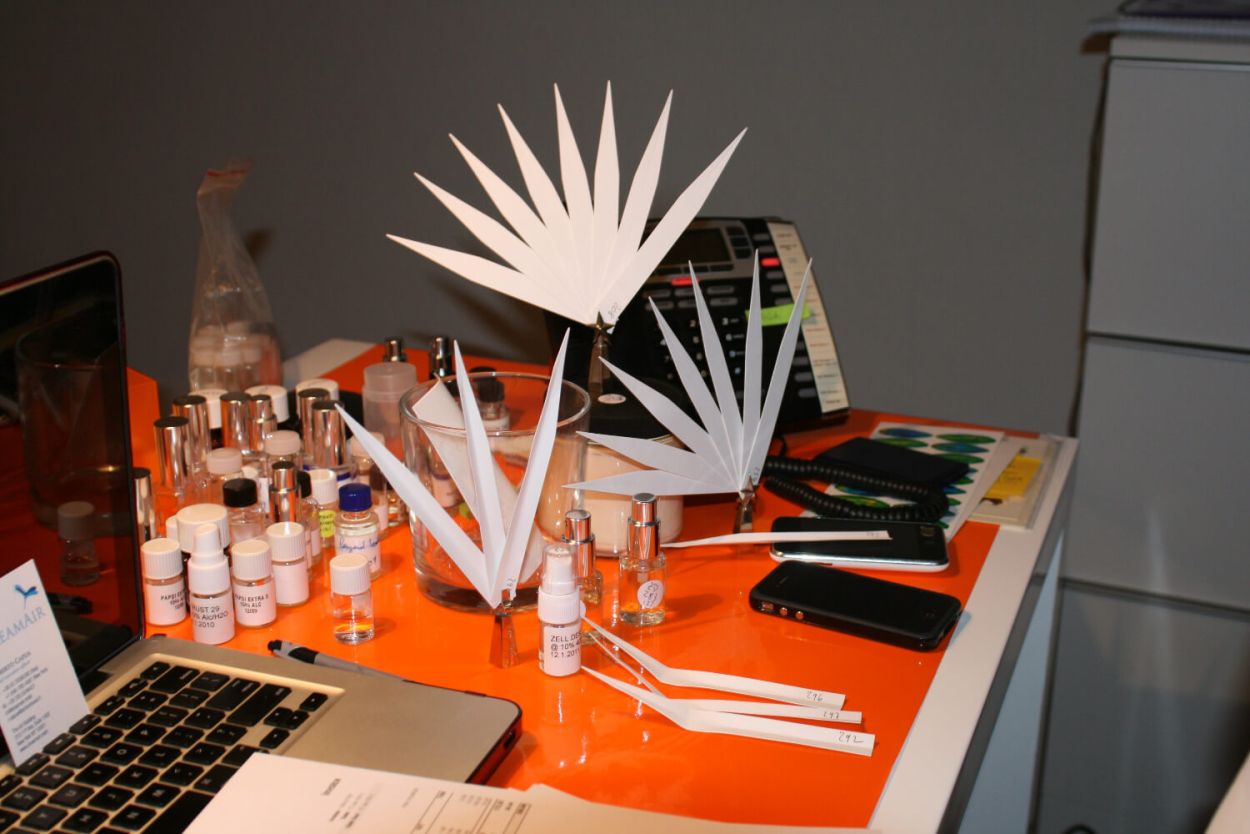
Courtesy of scentculture.tube
Still life.
All Tags
- Affect
- Ambience
- Ambiguity
- Analogy
- Analyzing
- Artifact
- Associating
- Beyond words
- Briefing
- Christophe Laudamiel
- Classifying
- Consuming
- Creating
- Culture
- Deciding
- Desk work
- Embodiment
- Ephemeral
- Ethnography
- Evaluating
- Experimenting
- Hemingway
- Humiecki & Graef
- Industry
- Ingredient
- Interaction
- Labelling
- Laboratory
- Metal
- Mundane work
- Orange Flower
- Paper
- Presenting
- Sense-making
- Shalimar
- Smelling
- Storytelling
- Still life
- Strangelove NYC
- Translating
- Visual
- we are all children
- Words




